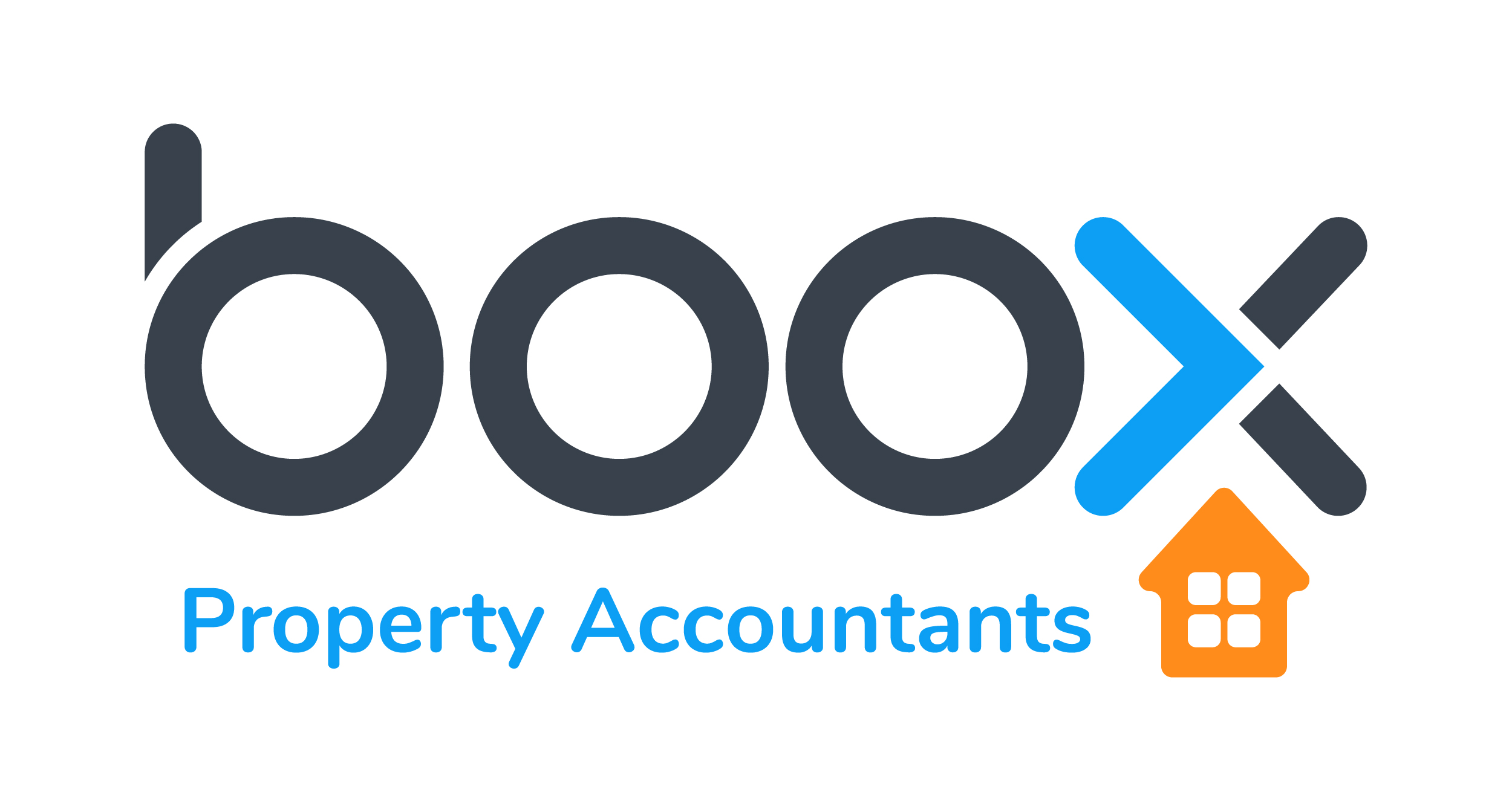A landlord may provide domestic items in a property which is let out. This may include white goods, such as fridges, freezers and washing machines, and also furniture and furnishings where the property is let furnished.
Fixtures, such as fitted bathrooms and kitchens do not qualify for this relief.
The tax system has rules governing relief for the cost of domestic items.
Replacement not initial cost
There is no relief for the initial cost in kitting out the property with domestic items. Instead, relief is given when the items are replaced. As long as the associated conditions are met, the landlord can deduct the cost of the replacement domestic item when working out the profits of the property rental business.
Conditions
Condition A is that the person or company is carrying on a property business that includes the letting of residential property.
Condition B is that an old domestic item that has been provided for use in the residential let has been replaced with the purchase of a new domestic item. The new item must have been provided for the exclusive use of the tenant and the old item must no longer be available to them.
Condition C is that expenditure on the new item must not be prohibited by the wholly and exclusively rule but would otherwise be prohibited by the capital expenditure rule. The wholly and exclusively rule limits deductibility of expenditure to that incurred wholly and exclusively for the purposes of the business. The prohibition on deduction under the capital expenditure rules (whether those applying to the cash basis where this is used or the accrual basis otherwise) prevents a deduction being given twice for the same expenditure.
Condition D is that capital allowances must not have been claimed in respect of expenditure on the new domestic item.
Excluded lets
The relief is not available for replacement domestic items in the commercial letting of furnished holiday accommodation, or in a room let in the landlord’s home where rent-a-room relief is claimed.
Amount of the relief
Where the replacement is on a like-for-like basis, a deduction can be claimed for the full cost of the replacement item. The item does not need to be the exact same model and HMRC do allow for an element of technological innovation. The test is whether the replacement is equivalent rather than superior to the original.
Where the item is replaced with a superior item, either of a better quality or an enhanced product (for example, if a fridge is replaced with a fridge/freezer), the deduction is capped at the cost of an equivalent item.
A deduction is allowed for any incidental costs, such as delivery costs or costs of disposing of the old item. Any proceeds from the sale of the old item must also be taken into account when computing the profits of the property rental business.
In a part-exchange situation, the deduction is the amount that the landlord pays in addition to the trade-in allowance for the old item.
Example
Tim replaces the washing machine in a buy-to let property with a washer-drier costing £400. An equivalent washing machine would cost £250. He also pays £20 delivery costs and £15 to dispose of the old machine.
Tim can claim a deduction of £285 (£250 + £20+ £15).
As the replacement is superior to the original, he is not able to deduct the enhancement element of the cost of the washer-drier, equal to £150.

